
Welcome
Aakarsha Gem Museum is Sri Lanka’s most comprehensive private museum located in the heart of Sri Lanka at Nalanda. Matale district, housed in a preserved heritage building that was once a Walauwa (feudal/colonial manor house) in Sri Lanka – located along the Kandy to Sigiriya Road. The museum features a wide range of Ceylon Gems (ruby, sapphire, spinel, emerald, tourmaline, etc.) and minerals from around the world, including a range of colored Rocks & Minerals surrounded by a magnificent rock garden. The Gem Museum, tells the story of how a gem goes from the mine to the market in 4 different stages, from formation, to Miningand extraction, to Gem and Sapphire cutting, till trading and industry.


We provide new definitions to the style of Sri Lankan Gem & Jewelry industry; it offers a diverse range of finely crafted jewelry and exceptional gemstones on par with international standards and warranties. From everyday designs, to the elegant and the glamorous ones, Aakarsha Gem Museum offers exceptional creations that are both modern and contemporary. The luxurious jewelry collections available include white diamonds, colored diamonds, blue sapphires, star sapphires, rubies, star rubies, white sapphires , yellow sapphires , cats eye, and other precious and semi-precious stones; that are meticulously handcrafted in-house and artfully set into precious metals ranging from gold to sterling silver forming exquisite and uniquely designed jewelry of the highest quality. The products are reasonably priced and very often feature one-of-a-kind gemstones & minerals.

By being in the tourism trade, Aakarsha has gathered the knowledge to cater to discerning customers from many parts of the world; including Europe, United States of America, United Kingdom, Australia, Russia, Thailand, Japan and China to name a few.

The museum first opened its doors on 1st June 2011, as an initiative by Aakarsha Gem House to share knowledge and experience of gemology to the public. Most of the gems and minerals on display belong to the private collection of Aakarsha Gem House founder, Mr. ShamindaArthanayake.
Our customers come from many lands across the seas. Their curiosity for the beauty of Sri Lankan Gems and Minerals is endless. And we at Aakarsha Gem Museum offer them the best services with our multi language speaking staff (fluent in English, German, Italian, French and Russian). Our customers benefit from personalized services as they better comprehend the story and value behind our Gems and Minerals.So it soon grew to become a landmark that attracted a fast growing clientele, among which are predominantly tourists and tour operators.

Our Vision & Our Mission
Our Vision
To share and spread the love of gemmology through education. The Gem Museum supports this vision by offering a variety of educational events and programmes that walk people through the life cycle of a gemstone from the mines to the market.
To be a leader in gemmology in Sri Lanka. The Gem Museum seeks to create and promote gemmology as both a science and an art to be appreciated. We strive to be the leader in gemmology with the same love we use to spread our influence, with dazzling gemstones for all.
Our Mission
To create a cohesive platform for learning. The Gem Museum seeks to create an open platform for gem lovers to share their knowledge in the field of gemmology with each other.

The AakarshaGem Museum

The Aakarsha Showroom
At our showroom, one could see a variety of gemstones and a huge collection of jewelries. Gem Museum, as its name, has every collection that one could never miss admiring. Our staff would offer you a high quality service which will guide help you through the selection process till you find the most in selecting a precious product.

Shop/Sale Centre

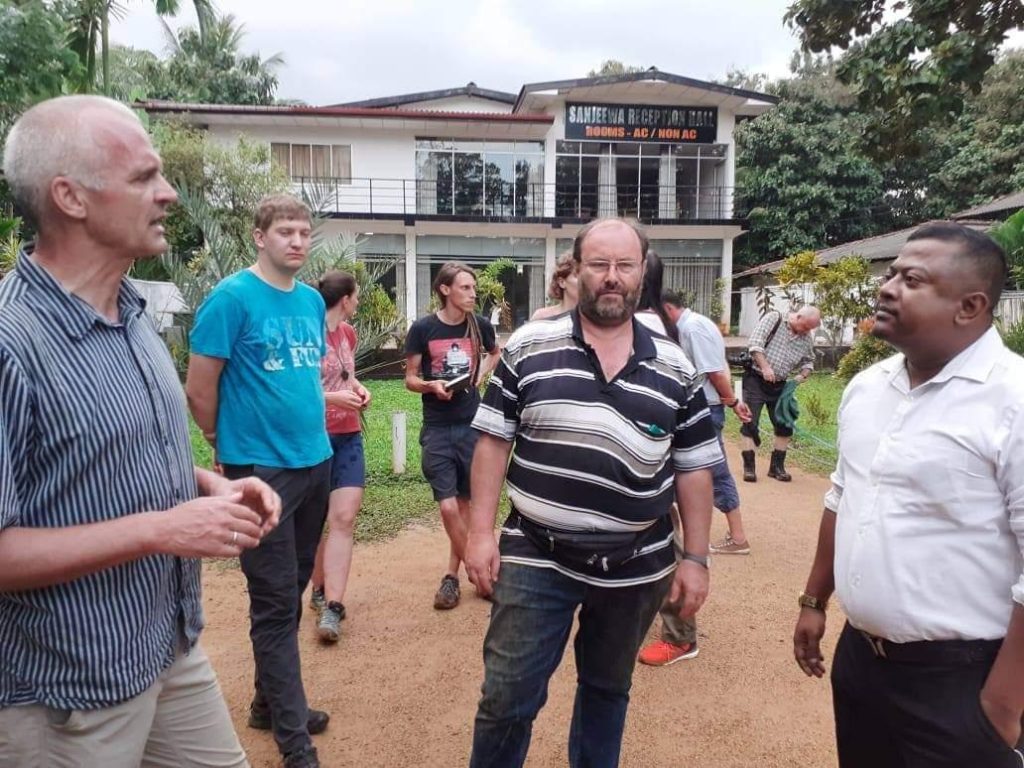


Gemological Tours for Professionals and Geology Enthusiasts
We organize gemological tours for visitors, students, professionals and geology enthusiasts willing to learn more and to enhance their resume.
We arrange a complete tour like anyone ever experienced before. This requires traveling around gem mining areas. The tour will also show where visitors can buy rough stone below the market prices. You can see the mines directly and meet the people who find the gem stones, listen to their stories and learn the knowledge that passed down through the generations of the locals.
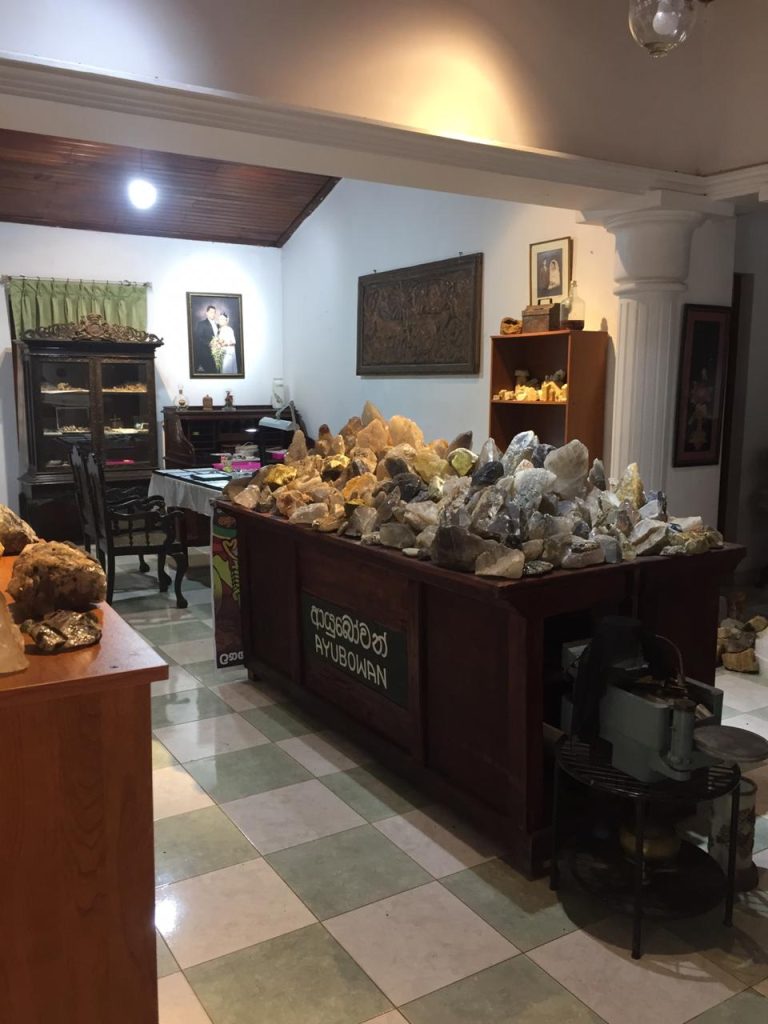
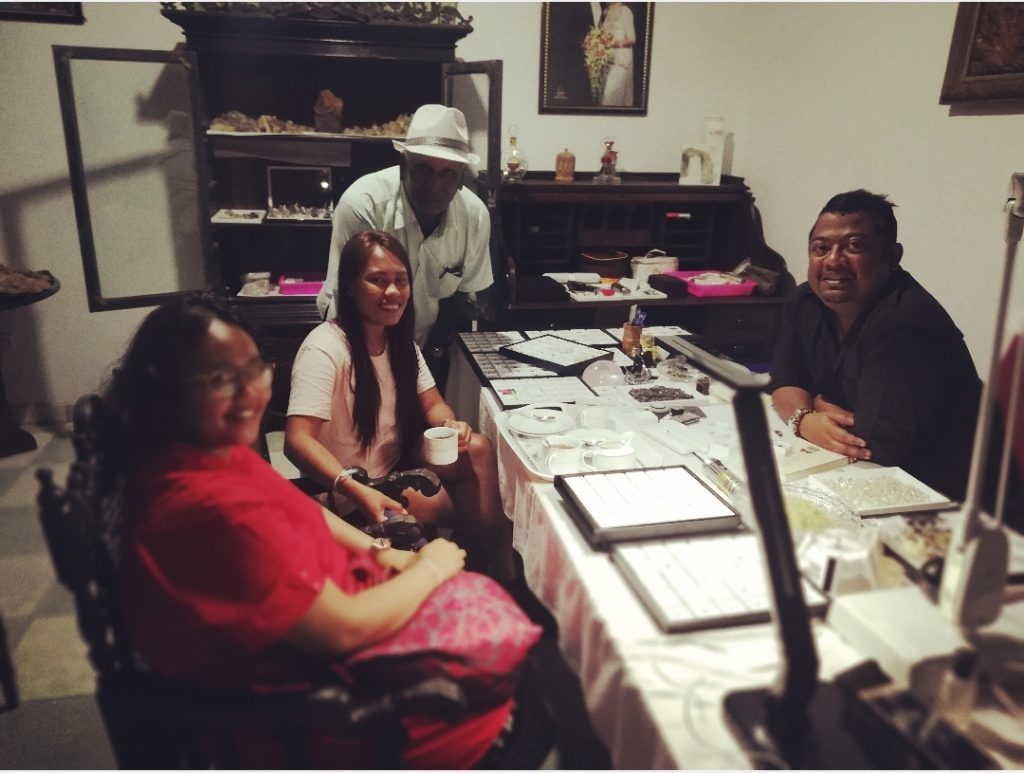
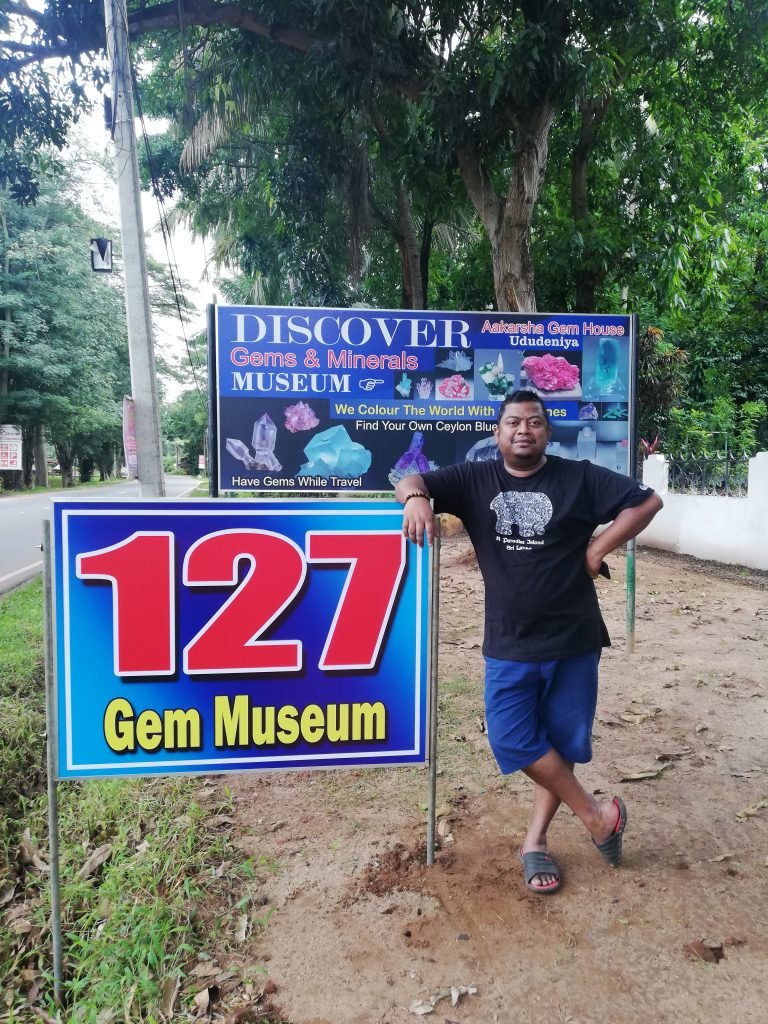
Buy rare gemstones and minerals at a reasonable price.
| 01. Corundum Corundum Corundum crystal Corundum crystal cluster • Blue Saphire Blue Saphire Sapphire crystal • Ruby Ruby crystal • Star Saphire • Star Ruby • Yellow Saphire • Golden Saphire • Padparadscha • White Saphire | 02. Chrysoberyl Chrysoberyl crystal; • Chrysoberyl Cat’s Eye • Alexandrite • Alexandrite Cat’s Eye • Chrysoberyl | 03. Spinel Spinel crystal Spinel crystal cluser • Blue Spinel • Red Spinel, Mauve Spinel Cobolt spinel | 04. Topaz White Topaz crystal Blue Topaz |
| 05. Beryl • Aquamarine Aquamarine crystal Beryl Beryl crystal • White Beryl gusanit • Pale Green Beryl | 06.Zircon crystal • Green Zircon • Yellow Zircon • Brown Zircon • Red & Blue Zircon(very rare) | 07. Garnet Garnet crystal • Hessonite Garnet • Spessartite Garnet | 08. Tourmaline Tourmaline crystal Black Tourmaline • Green Tourmaline |
| 09. Quartz Rutile Quartz Quartz crystal Quartz crystal cluster • Yellow • Brown • Rose • White • Purple(Amethyst) Amethyst crystal Amethyst cystal cluster | 10. Feldspar Feldspar crystal Moonstone silver rey Moonstone rough Not so common Varieties • Sinhalite • Kornerupine crystal • Andalucite • Apatite • Scapolite • Cordierite • Diopside • Enstatite • Taaffeite | Rare Gem Stones • Axinite • Damburite • Euclase • Kyanite • Sapphrine • Dumoritrite • Fibrolite • Monazite • Sphene • Ekanite • Fluoriet • Phenakite • Cassiterite • Epidote • Idocrase • Rutile Sri lankan opal Austerlian opal Pyrite |


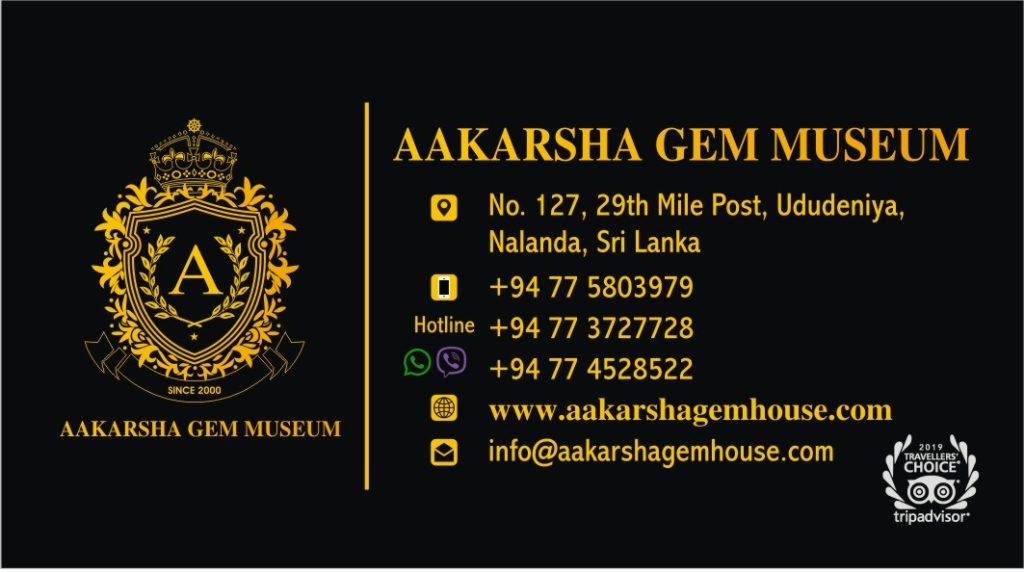

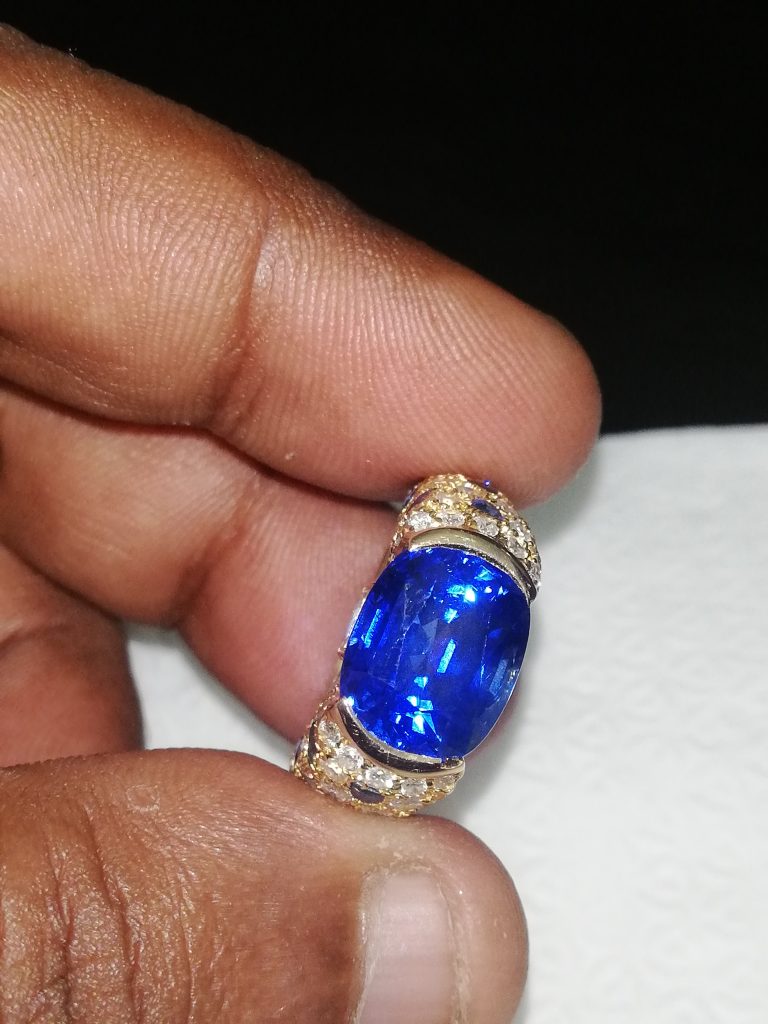
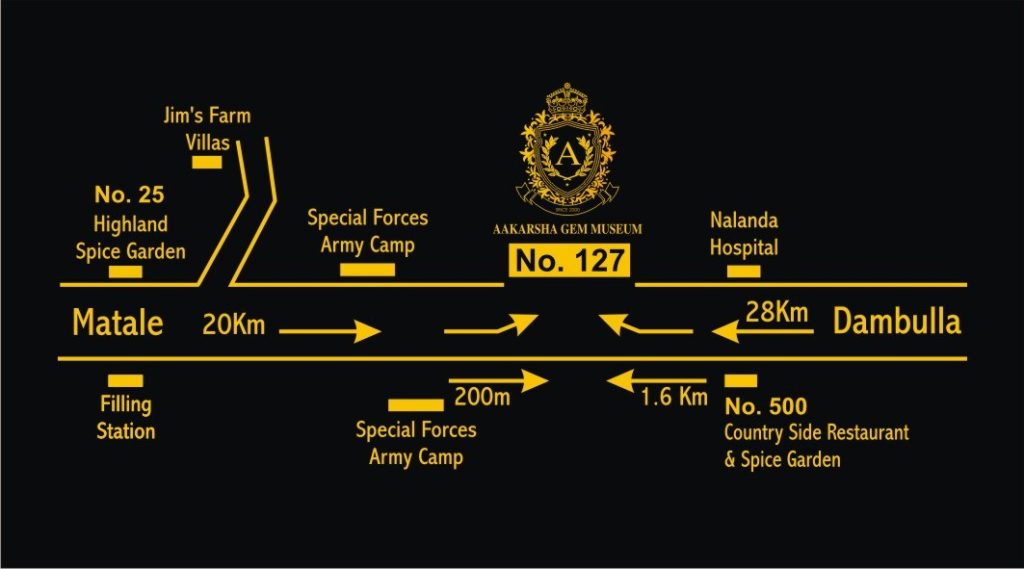


The Aakarsha Gem Mines
Gemstone mining method
Tunneling technique is used for gemstone mining when the gem-bearing rock is extremely close to the surface. A tunnel is made to reach the gem deposits and mining is done by blasting or by picking up individual rough gems.

GEMSTONE MINING METHODS
Gemstones are treasured by most of us and to retrieve these precious gems from deep down the earth crust one has to go in for treasure hunt. Gemstone Mining is very complex and tedious process that requires huge input of valuable resources such as time, workforce, equipments and knowledge etc. There are different methods for recovering the gemstone from the lap of Mother Nature. The appropriate procedure is selected depending upon the circumstances but no matter what method is selected the entire process of gemstone mining needs to be very systematic as it costs a lot of money. The total process of gemstone mining is so intricate that inspite of putting in so much efforts there is no surety of the results. Failures and disappointments always have higher percentage than the success.
In order to attain the positive results, the first and foremost requirement of this exclusive process is to identify the gemstone deposits. This necessitates the vast knowledge of gemstone properties, with the help of this key the deposits are identified where there could be the probability of finding the precious and semi precious gems. The route of gemstone mining is executed all the way through highly developed and technical system. But we all know, traditional methods have there own uniqueness that cannot be denied even after developing new scientific methods. All the methods are categorized into two types of mining viz. surface mining and underground mining. First the surface mining is done always and when fruitful results are not achieved underground mining is brought into action. Underground mining is always more expensive because –
- It takes long working hours.
- For underground mining more advanced equipment are required.
- There are extra costs incurred for activities such as pumping, electricity, digging etc.


SURFACE MINING
Surface Mining is done to obtain gemstones from the rocks near to the surface of the land. There are six different types in which surface mining could be done. The miner decides on surface mining technique depending on the overall cost and time. These methods are:

HYDRAULIC MINING
In this method powerful jets of water is used to loosen the gem material from the overburden. The miners make channels on the rock/gravel hillsides in form of sluices where water under pressure is sprayed. The water pressure splits down the rock and washes large rock piece of it downhill. And finally the gems as raw stones are separated. This mining is very harmful for the environment as it wrecks the mountains and blocks the rivers. Hydraulic surface mining was found way back in 1800s and continued till 1960s but now it is stopped completely due to its disastrous consequences to the natural beauty.

RIVER PANNING
River Panning is the method where gemstones are collected while washing the gravels from a river/stream in the mining area. It is also known as placer mining. This method is initiated with the identification of the gravel which may contain gems. The best place to find the gravel deposits are in obvious gemstone producing rivers, streams and creeks. Then a large pan is filled with water and shaking it back and forth to settle the heavy material to the bottom of the pan. The lighter material is washed over the top of the pan and larger rocks & pebbles are removed by scooping them over the edge. These steps are repeated until there is only about a tablespoon or two of concentrates left in the pan. Nearly all panning is completed using the riffles in the pan.
The left over concentrated is then shifted to a smaller clean pan. Drop of liquid soap is added to keep the tiny chips from “floating.” The less weighty material shall float down with the water and the gems, in case the gems are there, it shall stick and stay at the upper end of the pan. This is a very time consuming method and the chances of success are very less.


OPEN PIT MINING
This mining can only be accomplished under the guidance of an experienced Gemologist. First he scrutinizes the location to be mined with respect to value of the rock and minerals below the surface, cost of digging the mine and the after effects of mining on the environment. The monetary value of rocks and minerals keeps appreciating over the years so once it is profitable to mine then only open pit mining is done.
Once the location is finalized, layers of the land are removed one after the other till rocks are visible. Then the rocks are removed and gems are searched in the rocks and sent for further processing. Sometimes explosives like dynamite are used to reach deeper and deeper to recover the required rock possessing the gems. After the mining is done, the area turns into pit which is used as landfill. Landfill is huge open space used for dumping the garbage. Once it is fill it is covered the layer of mud. Finally when the trash decomposes in long run and land can be again used for some other purpose apart from mining. This mining method is relatively easy and cost effective. However, it is performed only when rocks are near to the surface of the land.

STRIP MINING
This process is very similar to open pit mining. The mining site is identified; the trees and bushes are removed with the help of the bulldozer. The remains are dumped at the nearby area. Many small-small holes are drilled distant from one another through the rock. Dynamite are placed inside these holes and blasted to get the rocks with gemstones. Raw stones then are sent for further processing. This mining is done in long strips so it is called as strip mining. Once the first strip is completed, the second strip starts. The dirt obtained in making the second strip is dumped in the first strip. Similarly it goes on till the entire site is worked on. And in the last strip the remains of the first strip is filled in. The top layer is of mud that is leveled on all the strips together making the land ready to re-use.

MOUNTAIN-TOP REMOVAL MINING
In this mining method, the mountain top at the ground level is cleaned by cutting the trees and shrubs. Then using the dynamite the top of the mountain is blasted for making the vein. This gives huge blocks of rocks from which the gemstone in unprocessed form are retrieved. The dirt obtained after the blast is dumped into the valleys with the help of bull dozers and trucks.

QUARRYING
This mining method is quite less hazardous to the environment. The rock attained from this mining is used for making buildings. Therefore, the way quarrying is to be done depends upon the purpose of re-use of rock. The rocks are drilled to use the left over for cement.It is blasted with dynamite to use the rocks for the interiors of houses like flooring, kitchen slabs. In any of the method after getting the rock the gemstones are searched and then the rocks are spared for re-use.

UNDERGROUND MINING
Underground mining is done when surface mining is not possible or does not yield rewarding results. Moreover, precious gemstones are mostly found through underground mining. In this method the miners make underground rooms where they further dig the ground more and deeper. Underground mining is done in numerous ways.

BOREHOLE MINING
As the name suggests holes are drilled very deep inside the plain land. In these holes a long huge tube (having enough space to allow the water to pass through) is dropped. Then water is pushed down the tubes with the force, the water hits the rock and breaks it down. The water combines with the rocks, dirt and mud to make slurry. This mixture is pumped back from the tubes and stored into tanks. The unwanted water is thrown out the left over rocks are processed for gems. This method is very much environment friendly and the shifting from one place to another is quite easy.

DRIFT MINING
This mining is done on the mountain sides. Rocks are identified which are on the sides of the mountain. The opening is made below the identified rock. These opening are made horizontally and are known as tunnels/drifts. From the drifts the desired materials are retrieved as due to gravity the material comes down the hill easily. This is one of the cheapest gemstone mining methods and gives good results as well.
SHAFT MINING
In this method, vertical tunnels are created below the mountains and through the lift miners moves up and down the mines. The vertical tunnels are called as shafts. Two shafts are created. One is used for the movement of the miners inside the shafts and the other shaft for brining the material on the ground. From the man shaft, small tunnels are made that reaches the rocks possessing the gems. These small tunnels are used for blasting and when the rocks breaks into small chunks those are brought up on the ground through the second shaft. After the work is finished the mines are closed by refilling the shafts with dirt, mud, pebbles and cement etc. This is quite a costly method.

SLOPE MINING
Slope mining too has shafts but these shafts are first made slant and then parallel to the ground. Usually, this mining is done when it is not possible to make the straight shafts therefore it is named as slope mining. The tunnels are not very deep in the gemstone mining method. Using the conveyor the broken rocks are brought out.

HARD ROCK MINING
Same as drift mining, tunnels are made inside the grounds instead of mountains. First a small opening is made which is referred as Adit. Later, using Adit, tunnels are made vertically deep down the ground using explosives like dynamite. The tunnels are called as shafts. Likewise many shafts are made and each one has a different function. For examples – one could be used for miners going inside and coming back to the ground, second for air ventilation and so on. At the end of the shaft, one more shaft is made that leads to the rock that contains gemstones. Deep inside the earth crust many different floors are created and one floor after the other is completed. This is the most dangerous gemstone mining method and therefore is brought into practice quite less.

In all the mining methods the rocks are broken into medium or small chunks using the explosives such as dynamite. The broken rocks are then sent to the other processing plant where the gemstones are obtained in the form of raw stone. These raw stone reach to the next level of gemstone processing that involves cleaning, cutting and polishing etc. The gemstone that finally gets mounted to the awesome jewelry pieces, from the scratch passes through the numerous steps that involve the sweat of many people.
It is very easy and classy to wear the gemstone jewelry but the amount of hard work involved in obtaining these precious and semi-precious gemstones through the mining methods is immense. Gemstone mining methods are certainly mind-numbing and it is an exclusive proficiency of finding inimitable raw stones from mines that are crafted into amazing gemstone jewelry!!
Learn More About This Fascinating Subject…

Here in the learning section you’ll find just a taste of some of the knowledge behind rocks, gems and minerals. From how a crystal is formed, or where in the world a mineral type can be found to, what makes one gemstone more valuable than another.
Where Is Amethyst Found?.. How Hard Is Diamond?..
What Makes A Mineral A Gemstone?..
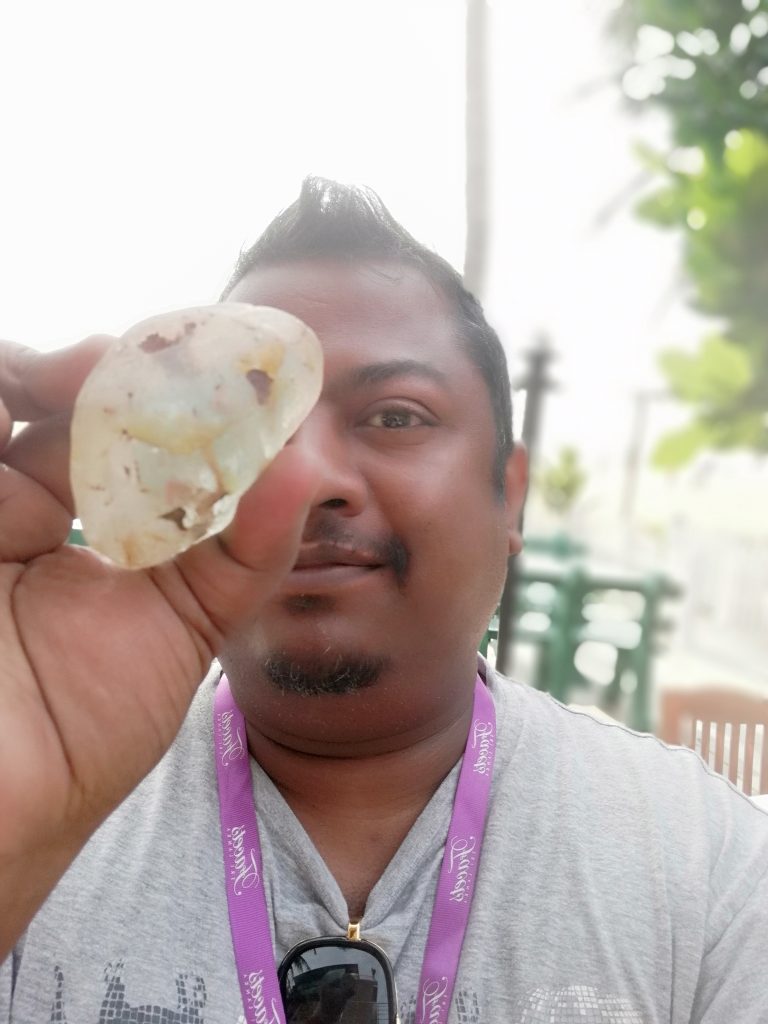
Whether you want some extra info for your homework, or to know just why a treasured piece of jewellery sparkles with colour, you’ll find a good introduction to the subject here.

The Earth on which we live was formed about 4.6 billion years ago, from matter produced by exploding stars. This matter, in the form of hot gases eventually solidified into a sphere of molten minerals which in turn cooled at the surface to form the crust upon which we live.
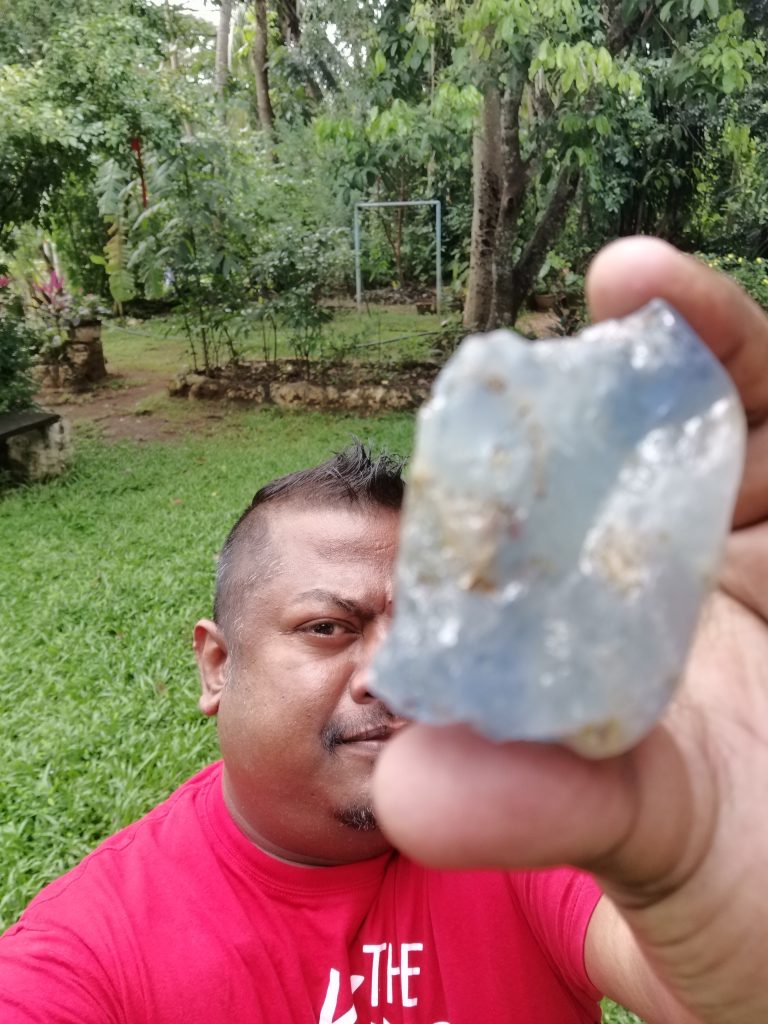
This relatively thin outer crust contains the primeval fire which is still very active to this day. These very powerful forces are still capable of causing immense damage to the fragile surface of our planet when this energy is violently released in volcanic eruptions and earthquakes.

SEDIMENTARY ROCKSIGNEOUS INTRUSIONMETAMORPHIC ROCK
Laid Down By DepositionMagma Intruding Into Overlying RocksSedimentary / Igneous Rock Altered By Heat And Pressure
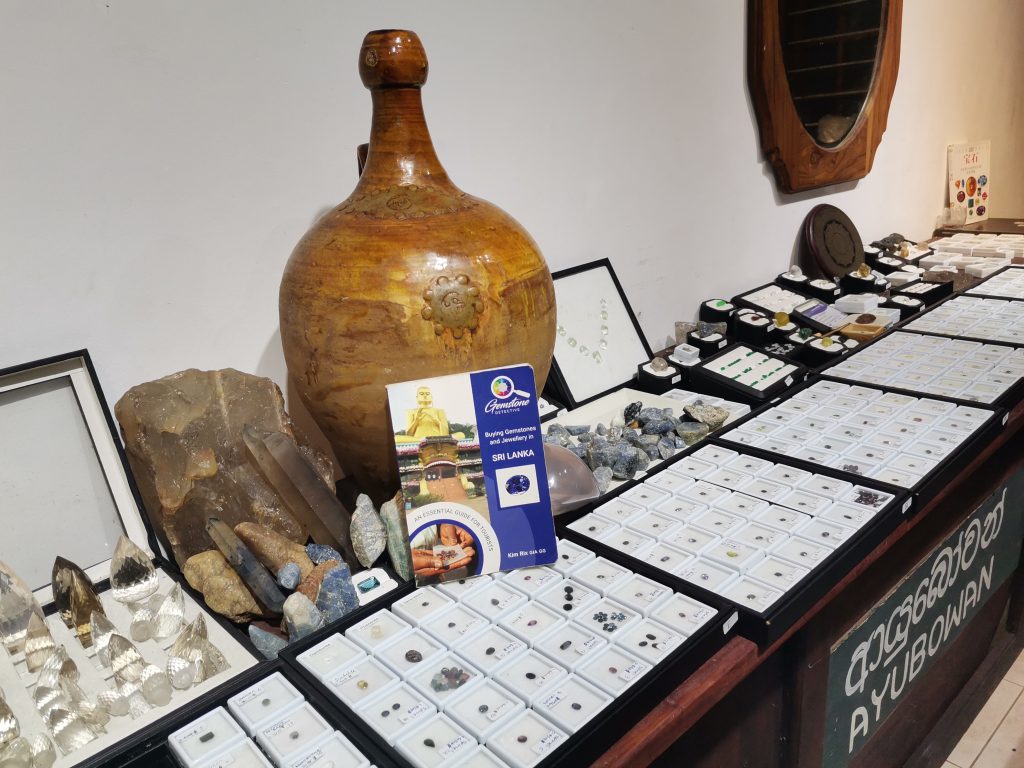
Rocks are made of minerals. Only a few minerals are rock forming and most rock is made from a combination of the commonest of these such as feldspars, quartz, mica, olivine, calcite, pyroxene and amphiboles. Most other minerals, of which there are over 3000 different types, are rarely present in quantities large enough to be considered rock forming.
What Are Minerals?

Fluorite
Minerals are made of elements. Elements are simple substances that cannot be broken down into any other substance. The name of an element is written down as a combination of letters called a symbol, eg: sodium is Na; chlorine is Cl. Salt, a combination of sodium and chlorine is thus written as a formula symbol NaCl. Many minerals are made up of large numbers of elements, so their formulas are complex. The most common minerals are those based on silicon and oxygen, Si04.
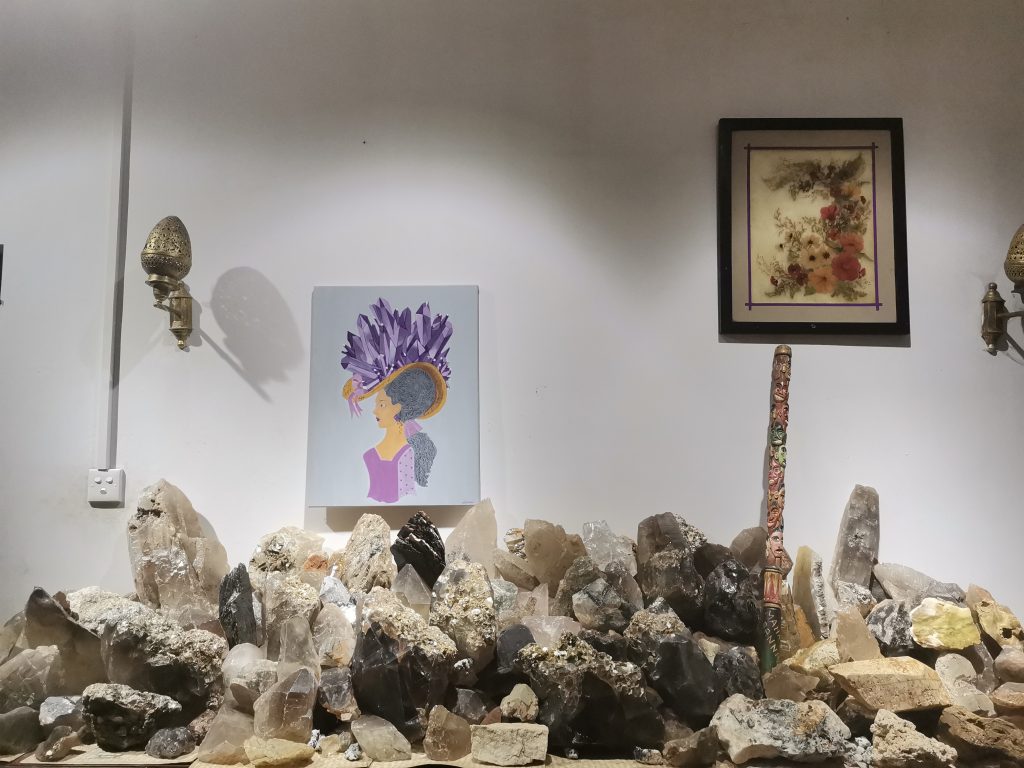
Sulphur
People value and search for minerals for many different reasons. Most are useful as they are the raw materials of the metals we manufacture into goods. The lead in a pencil is the mineral graphite mixed with clay. Precious metals are used in commerce and other minerals are valued as gems.

Silicate Structure
Minerals are either found in shapeless lumps which we call ‘massive’ or they can form into the special shapes we recognize as crystals. Most minerals form within the spaces between other minerals and grow into rough shapeless masses. However, if they are able to form freely in a hole or cavity in the surrounding rock the mineral takes the form of a crystal and these crystals lined cavities are called geodes, vugs or pockets.
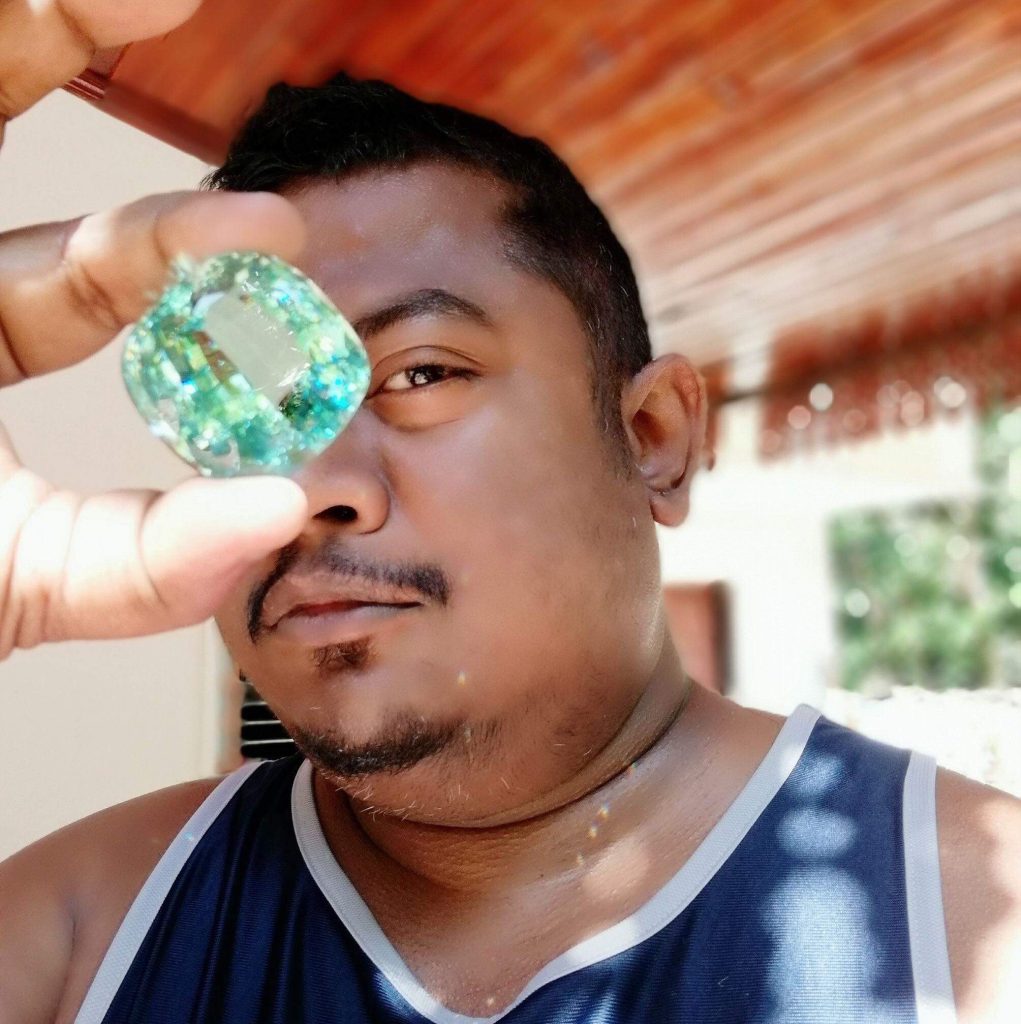
SMOKY QUARTZ
Crystals are solid material in which the atoms are arranged in regular geometrical patterns. The crystal shape is the external expression of the mineral’s regular internal atomic structure. Temperature, pressure, chemical conditions and the amount of space available are some of the things that affect their growth. Many crystallize form watery solutions, some form molten rock as during volcanic eruptions when lava cools rapidly.
Each mineral will always form in a range of crystal shapes. Although there are literally thousands of minerals, their crystal shape can be grouped on the basis of their symmetry into seven systems of three dimensional patterns.

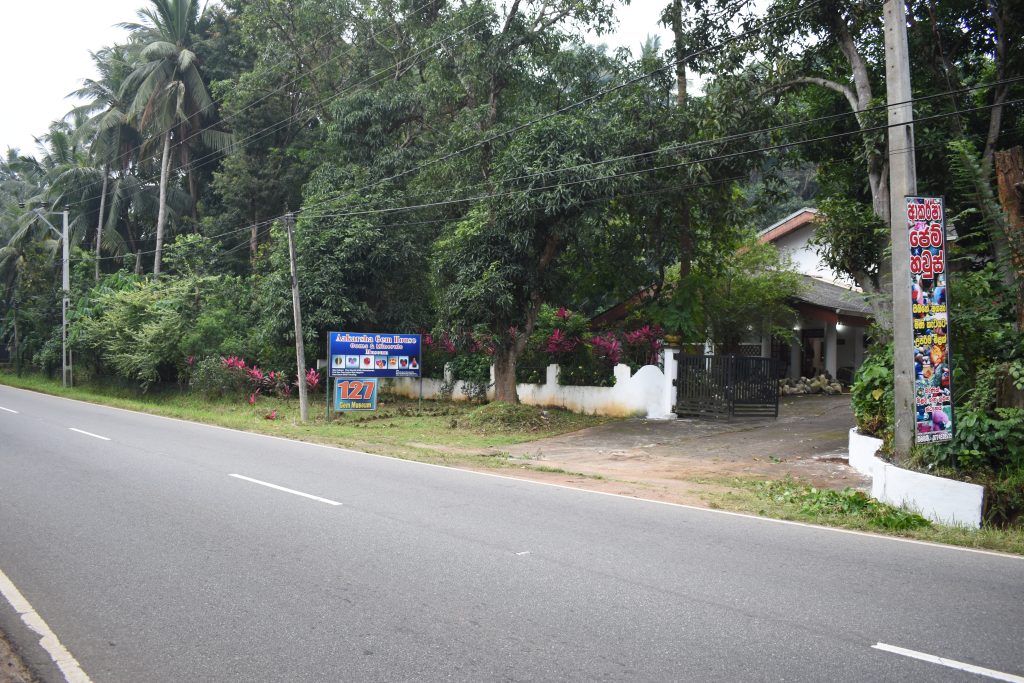

The most striking feature of any mineral is its color. This can be varied and many minerals are a mixture of different colors. What we see as color is a reaction between our brain and eyes. When white light (daylight) falls on a crystal, some of the wave lengths are reflected and some are absorbed.

When some of the waves are absorbed, those that remain make up color that is not white. However, some minerals such as the clear variety of quartz (rock crystal) will take in and reflect out light without changing it, hence they are colorless.

SULPHUR
AnIdiochromatic Mineral
Other minerals are nearly always the same colour because certain light absorbing atoms are an essential element of the mineral’s atomic structure as in Olivine (Peridot), or Sulphur. These minerals are described as Idiochromatic .

CITRINE
An Allochromatic variation of Quartz.
Light-absorbing defects in the atomic structure or impurities in the crystal can produce minerals with a wide variety of colours. These give us red, green, yellow or blue variations of Quartz, Diamond, Beryl, Corundum etc. and are designated as Allochromatic Minerals.

ISAAC NEWTON
Isaac Newton (1642-1727) was the scientist who discovered that white light can be separated into seven different colours and explained the principal of light dispersion in a prism. Some minerals and crystals radiate colours similar to those seen in a film of oil or a soap bubble. This is called Iridescence and is caused by the interference of white light in the thin surface layers of the mineral.
What Makes A Mineral A Gemstone?

There are over two hundred recognized gemstones. Most are minerals and are cut from naturally occurring crystals. To qualify as a gem, the specimen should be hard and tough to resist scratching and have beautiful clarity, colour or fire. Value is based on rarity and rare quality.
Gemstone Colours
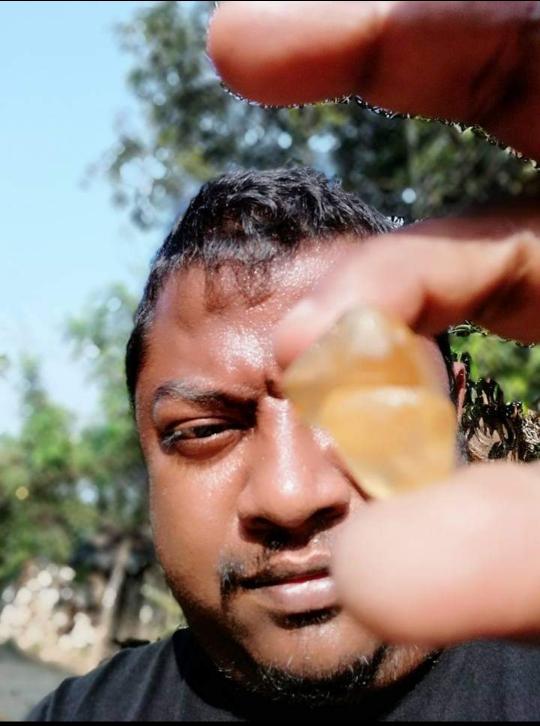
As mentioned earlier, gems appear coloured due to some of the white light being absorbed within the minerals structure. Most gems are coloured by a limited number of metals present either as impurities, as in Allochromatic gems or as essential constituents of the atomic structure, as in Idiochromatic gems. The most common minerals affecting colour are; Chromium, Iron, Manganese, Titanium and Copper.
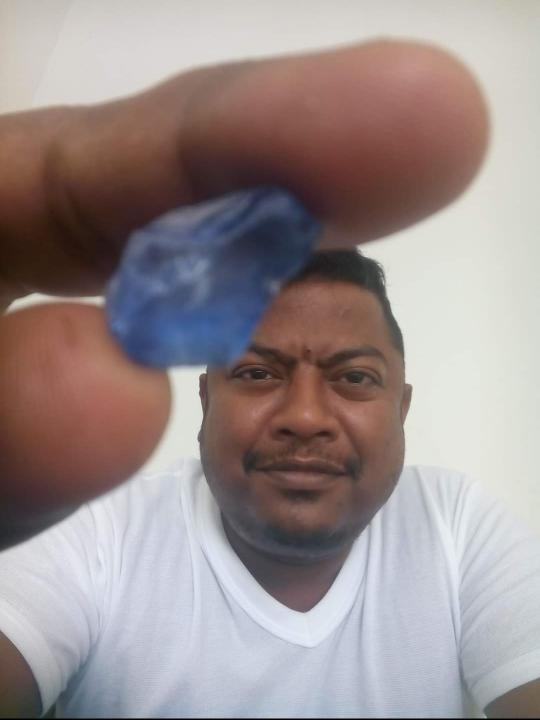
RUBY FACET
It is Chromium which produces the intense red of Ruby and the brilliant green of Emerald. In Garnet, Spinel, Sapphire, Peridot and Chrysoberyl it is Iron that is responsible for the more subtle red, blue and yellow colours. The best Sapphires are coloured by both Titanium and Iron whilst copper is responsible for the blue and green of Turquoise and Malachite, and Manganes for the pink of Rhodonite.
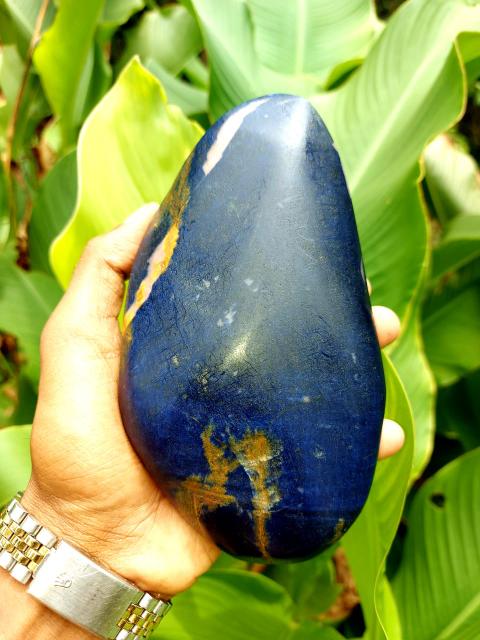
Some minerals give us more than one gem type. This is because the impurity, which is only a minute amount, is not always the same and may even be a combination of impurities. The interaction of the impurities and the atomic structure will also have an effect on colour.
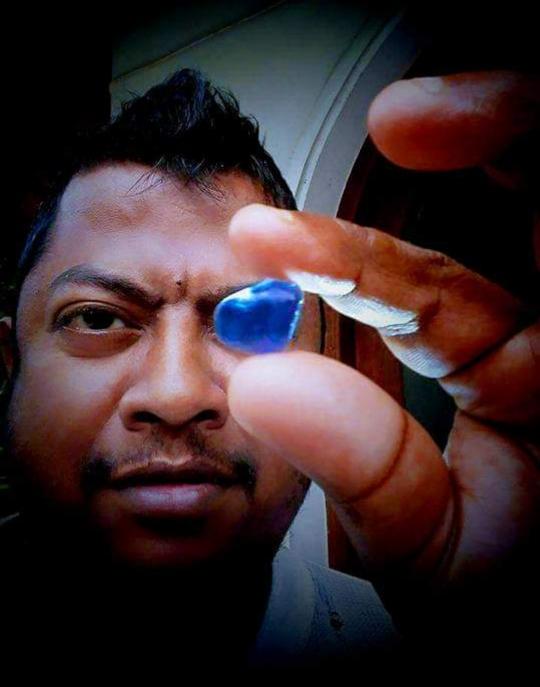
For example, the mineral Corundum, which is Aluminium Oxide, is colourless in its pure form, whereas if it contains Chromium it becomes the rich red of Ruby, if it contains Titanium it becomes the intense blue of Sapphire. Aquamarine and Emerald are different colours of the mineral Beryl, which can also be orange, yellow and green.

Bi-Coloured Quartz
Amethyst/Citrine
Quartz displays a profusion of colours, patterns and optical effects unsurpassed by any other gem – purple Quartz is Amethyst, yellow is Citrine, brown is Smoky Quartz (Cairngorm) and pink is Rose Quartz. Agate, Tiger Eye and Aventurine are some of the Quartz gems that display many unusual effects and colours.
Optical Effects In Gemstones

DISPERSION
The brilliant colours displayed by Opal and Labradorite and the sparkle of Diamond are optical effects caused when white light is split into its constituent colours. In Diamond especially, and in many other transparent gems, the ‘Fire’ and sparkle is caused by dispersion as the gemstone acts like a prism.
In Opal, this is caused by the light being scattered as it passes through planes of regularly spaced voids between the transparent silica spheres. The colours are the result of interference and the range of colours depends on the distance between the planes.
Cutting & Carving Gemstones

The art and practice of gemstone cutting is known as lapidary. With consummate skill, the lapidarist can turn a rough mineral fragment or water worn pebble into a sparkling and valuable gem. The techniques used have been developed over many centuries and these skills, when combined with modern techniques allow gems to be cut to obtain the very best effects from each mineral’s inherent attributes or special optical characteristics.

CABOCHON CUT TURQUOISE
Different cutting styles suit different gems. Transparent specimens like diamond are best faceted whilst the opaque gems, Agate, Onyx, Turquoise and Malachite are best cut as cabochons or as beads. The word Cabochon is a French word derived from the Latin ‘cabo’ meaning head or dome. Cabochons are the oldest and simplest way of cutting gems and the technique is still popular to this day.

ROCK CRYSTAL CARVING
Larger pieces of gem material such as Jade are often carved, though it would be more correct to say ground, into figurines, animals, bowls, vases and other artistic forms. The faceting of gemstones was developed much later than carving and did not become commonplace until mediaeval times.
The techniques were honed to their full potential during the last century.
Crown Facets

Pavilion Facets
STANDARD BRILLIANT
Today, we understand more about the physical and optical properties of gems and we are able to measure the properties and how light affect them. The modern lapidary with this knowledge and the use of very sophisticated and accurate machines can cut more beautiful gems than ever before. The gem is worked into a pattern of highly polished flat planes or surfaces which we call facets and which act as mirrors. Some light reflects from the top crown facets and displays the gem’s lustre. Light also enters the gem through the crown facets and this is reflected off the bottom pavilion facets to re-emerge through the crown.




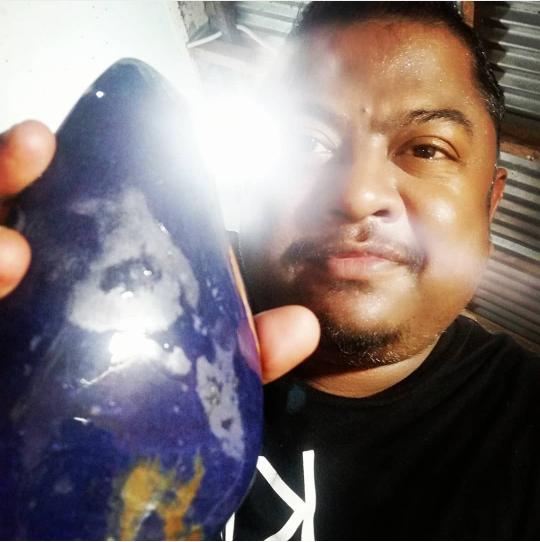
Identification
How do we identify a mineral, a crystal or a gem?
Firstly, it is necessary to test its properties. Minerals have fixed or well defined compositions and recognizable crystal structures. Colour, habit and surface features can be seen but hardness, specific gravity, optical properties, atomic structure and chemical composition also help us to positively identify a specimen.
Moh’s Scale Of Hardness
Hardness is dependent upon the forces holding the atoms of the mineral together. In 1812, a scientist, F. Moh devised a scale of hardness into which all minerals can be placed. He selected ten minerals and arranged them in order so that any one mineral could be used to scratch only minerals which are less hard.
The intervals between these standard minerals are roughly equal, except that between Corundum 9 and Diamond 10. Diamond is the hardest natural material, 140 times harder than corundum.
- Talc
- Gypsum
- Calcite
- Flourite
- Apatite
- Orthoclase
- Quartz
- Topaz
- Corundum
- Diamond
How to Polish Rocks and Stones
WHICH STONES WILL POLISH?
Most stones on the beach will not polish, but there are many that will. The harder stones polish best – those that look almost shiny already. Reject those stones which look grainy, they may be hard, but will not polish.
One way of checking the hardness of a stone is to try to scratch it with a penknife. If the knife cuts a mark or produces a powdery line, then the stone will not polish. If the knife leaves a metallic line, then the stone is harder than steel and it will polish. This is not to say that softer stones, such as serpentine, cannot be polished, but they must only be polished with other stones of similar hardness and not mixed with harder stones.
Tumbling times will be shorter with softer stones and a close watch will have to be kept on them, as it will not take so long to grind and polish them. Select stones that are generally 1 inch in diameter or smaller, one or two larger stones may be polished in a load that consists primarily of smaller stones.
Step by step rock polishing instructions
STEP 1
Open the barrel by pushing either end cap off with your thumbs. When new they are sometimes tight, but if you immerse the barrel in hot water they can be easily removed. Squeezing one side of the barrel assists when opening. If you use warm water to fill the barrel it will help to suck on the lid.
- Fill barrel ¾ full with stones and shake to settle. Do not use less, it will not work as there is no tumbling action unless the barrel is filled sufficiently.
- Add water to just over the top of the stones.
- Add 1 heaped tablespoon of coarse silicon carbide80grit for a 1 ½ lb barrel or 2 heaped tablespoons for a 3lb barrel and 3 heaped tablespoons for a 5 lb barrel.
- Run the machine for a few days and nights while occasionally examining the stones. Fairly smooth pebbles might need only about 3 days to become nicely rounded while very jagged ones may need 10 or more days running and the grit topping up to get the same effect. 7 days is a reasonable average.
When satisfied proceed to:-
STEP 2
- Thoroughly clean the stones and barrel by removing both ends.
- Proceed as before using 220 grit this time .It should only be necessary to run this grade for about 5-6 days .
STEP 3
- Thoroughly clean stones and barrel by removing both end caps, washing carefully.
- Proceed as before using the same proportions of grit and water but this time use 400 grit. Please note this stage is very significant and determines the final polish, it is vital you do not cut it short.
- Allow at least 7 days tumbling. Do not top up with fresh grit as this will re roughen the stones .Each day on this stage imparts a smoother finish as the grit breaks down and progressively smoothes the stones making it far simpler for the next stage
STEP 4
- Very, very thoroughly clean the stones and barrel. It would be useful to keep one barrel to be used specifically for polishing only, because of the difficulty of cleaning grits completely from the sides of the barrel. Additional barrels may be purchased separately. Examine the stones very carefully and make sure that they are very smooth. Discard any stones that are badly cracked or have jagged edges- they can be re tumbled with your next load.
- Repeat steps as before using similar amounts of water but one level tablespoon of cerium oxide instead of grit for a 1 ½ lb barrel (adjust amounts accordingly for the size of barrel as with the grits). If the barrel has been cleaned out properly and the previous steps are carried out correctly 7 days running should produce gleaming stones! Remember as with all things practice makes perfect.
Do not put any of the resulting slurry down the sink – it is inclined to set solid!
General
• Fire safety and protection equipment will be available and neatly fixed.
• Adequate facilities of parking of vehicles are available.
• First aid facilities are available with at least one staff of trained.
• The Manager and the staff have a good knowledge of the product/s on sales.
• Adequate staff changing rooms and toilets facilities are available.
• Separate visitor’s casual toilets are available for Gents and Ladies with appropriate signage.
CONTACT US
Aakarsha Gem House
127 Gem Museum
N0 127
29th Mile Post
Ududeniya
Nalanda Sri Lanka
Mobile: +94 77 4528522
Email: [email protected]
OPENING TIMES
Week Days – 9am to 7pm
Weekends – 9.30 am to 7.30pm
ADMISSION CHARGES – free for all foreign passport holders.


